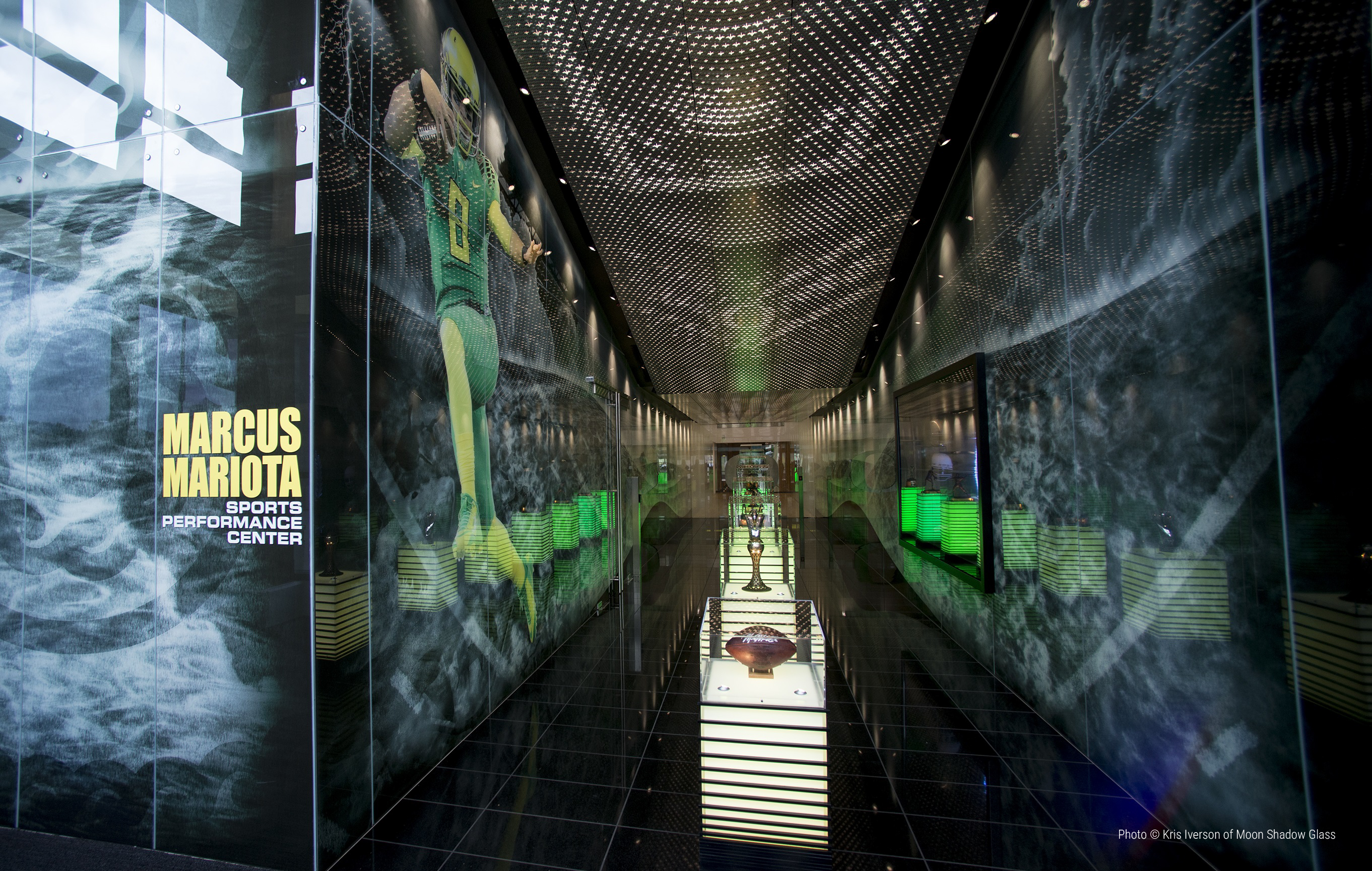Modern architecture continuously pushes the boundaries of design, often seeking a harmonious blend between structure and surroundings. However, a key challenge of this architectural vision lies in achieving transparency and unobstructed views, seamlessly connecting the interior with the exterior. In pursuit of this goal, architects and designers are turning more to anti-reflective glass, a specialized material that enhances buildings’ aesthetics and functionality.
The Allure of Invisibility: Achieving Superior Transparency
Anti-reflective glass derives its name from its remarkable ability to minimize light reflection, a common problem with standard glass. Standard glass only reflects approximately 8% of visible light, while anti-reflective glass significantly reduces this reflection, allowing for light transmission above 98%. This dramatic increase in transparency gives the illusion of an almost invisible barrier, making it ideal for applications where clear, unobstructed views are paramount.
Retail storefronts, for example, can leverage the high transparency of anti-reflective glass to showcase products with enhanced clarity, drawing customers in with captivating displays free from distracting reflections. Similarly, museums and galleries utilize this specialized glass to create exhibit spaces that allow visitors to engage with artifacts and artwork without the visual obstruction of reflections.
Beyond Reflections: Eliminating Glare and Enhancing Viewing
The benefits of anti-reflective glass extend beyond transparency. Glare, a common problem with standard glass, can also negatively impact views and the functionality of a space. By minimizing glare, anti-reflective glass creates interiors that are not only visually appealing but also conducive to productivity and well-being. Imagine a stadium where spectators can enjoy a completely immersive experience, free from the annoyance of glare obstructing their view of the game. Or picture a modern office building where employees benefit from reduced eye strain and a more comfortable working environment. These are just a few examples of how anti-reflective glass contributes to enhanced visual comfort and functionality in a variety of settings. Even in more intimate settings, such as framing a treasured picture, anti-reflective glass ensures the piece can be appreciated without distracting glare, preserving its integrity and enhancing the viewer’s experience.
Current Uses of Anti-Reflective Glass
The versatility of anti-reflective glass makes it a sought-after material in modern architecture, seamlessly integrating into a wide range of uses:
- Facades: Anti-reflective glass creates stunning, transparent facades that blur the lines between the interior and exterior, allowing buildings to blend seamlessly with their surroundings while maximizing natural light penetration.
- Storefronts: In retail design, anti-reflective glass creates inviting storefronts that entice customers with unobstructed views of merchandise, eliminating distracting reflections and glare to enhance the visual appeal of product displays.
- Museums and Galleries: For museums and galleries, anti-reflective glass offers a solution to preserve and showcase precious artifacts and artwork. By minimizing reflections and ensuring accurate color rendering, this glass allows visitors to fully appreciate the displayed objects without visual distractions.
- Stadiums and Sports Facilities: Anti-reflective glass enhances the spectator experience in stadiums and sports facilities. By reducing glare and providing clear sightlines, every seat feels like the best seat in the house, offering unobstructed views of the game or event.
New to Market: TRU-AR™ 9.5mm Simplifies Collaboration Among Architects, Designers, and Fabricators
Specifying the perfect glass for your project can be a balancing act between aesthetics, safety, and fabrication. Traditional anti-reflective glass, which comes in 3mm and 6mm thicknesses, can be laminated to create a high-performing anti-reflective glass that also meets required safety standards.
Tru Vue’s new TRU-AR™ product line, which includes 3mm and 6mm glass for lamination, also offers a new anti-reflective solution. TRU-AR™ 9.5mm is an exclusive double-sided anti-reflective glass, that once fully tempered, delivers a safety glass without requiring lamination, saving time, effort, and cost. The product offers exceptional clarity while virtually eliminating reflections, enhancing and creating desired views through vision glass, and improving the visual appeal of specialty glazed systems where reducing glare is critical. This is a key advantage that gives architects and designers greater freedom in specifying the exact requirements of projects while enabling a smoother, faster supply chain experience.
Specifying TRU-AR™ 9.5mm will meet all the anti-reflective standard performance requirements of laminated anti-reflective glass with better economics and faster production times, contributing to a more efficient and successful project experience.
For more information on TRU-AR™ products, visit https://tru-vue.com/architectural/anti-reflective-glass-info.
Share this Article:
This article is intended for educational purposes only and does not replace independent professional judgment. Statements of fact and opinions expressed are those of the author(s) individually and, unless expressly stated to the contrary, are not the opinion or position of Tru Vue or its employees. Tru Vue does not endorse or approve, and assumes no responsibility for, the content, accuracy or completeness of the information presented.
